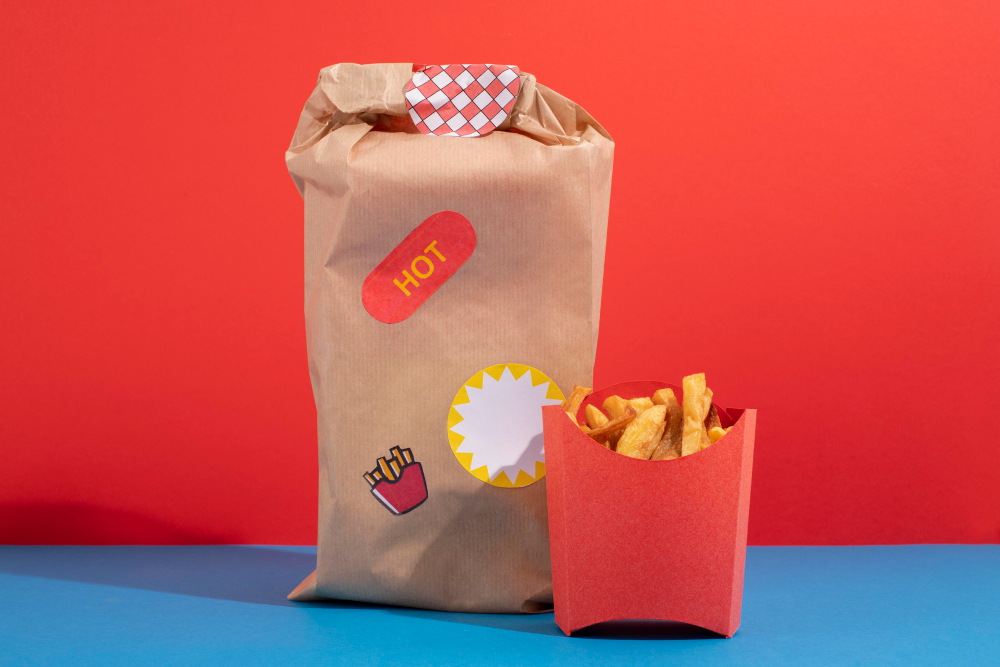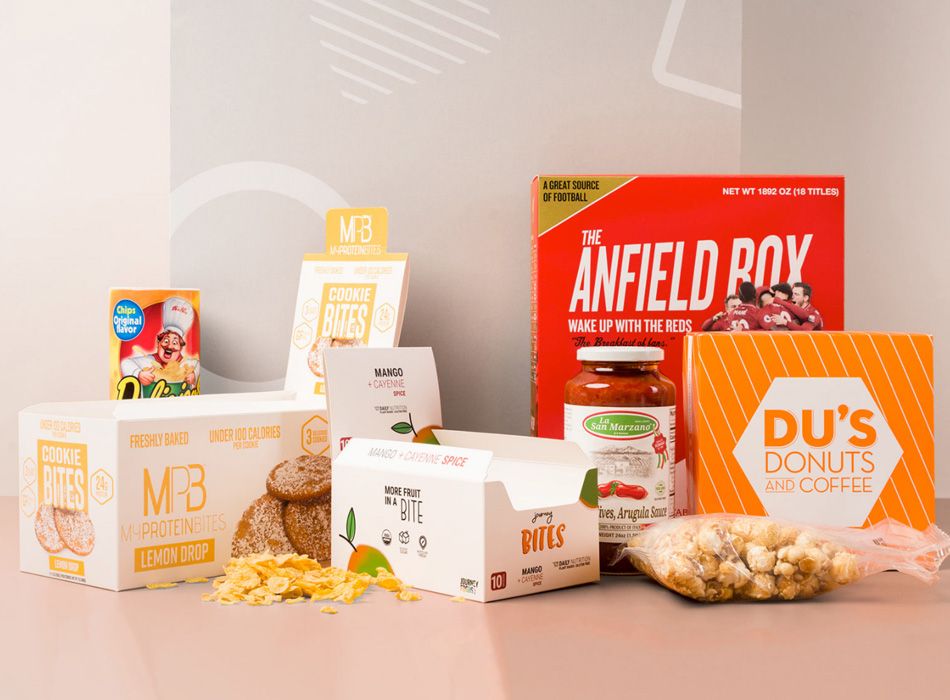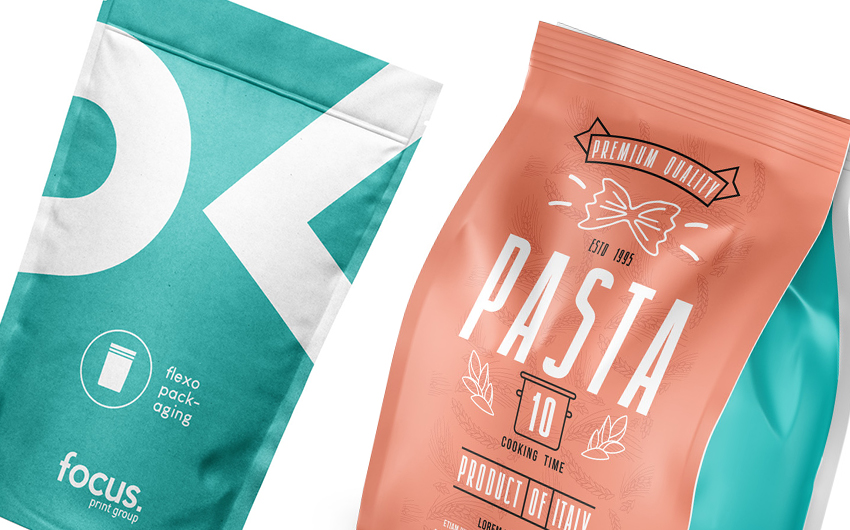In today’s dynamic market, designing safe food packaging is paramount for maintaining consumer trust and ensuring food safety. As consumers become more conscious of what they consume, the demand for safe and secure packaging has soared. This article explores the critical aspects of creating packaging that not only protects food but also aligns with safety standards, thus safeguarding public health.

Importance of Safe Food Packaging
Food packaging plays a crucial role in preserving the quality and safety of food products. Properly designed packaging prevents contamination, extends shelf life, and maintains the food’s nutritional value. Moreover, it serves as a barrier against physical, chemical, and biological hazards.
Material Selection for Safe Packaging
Choosing the right materials is a fundamental step in designing safe food packaging. Materials should be non-toxic, durable, and capable of protecting against environmental factors. Commonly used materials include glass, metals, and food-grade plastics, each offering unique benefits and limitations.
Glass
Glass is an excellent choice for food packaging due to its impermeability and resistance to chemical interactions. It is ideal for products that require a long shelf life and high protection against contamination.
Metals
Metals like aluminum are used in packaging for their strength and ability to protect food from light, moisture, and oxygen. They are particularly suitable for canned goods and beverages.
Food-Grade Plastics
Food-grade plastics are versatile, lightweight, and cost-effective. They are often used for packaging a wide range of food products. However, ensuring the plastic is free from harmful chemicals is vital.
Ensuring Compliance with Safety Standards
Adhering to safety standards is crucial for designing safe food packaging. Regulatory bodies like the FDA and EFSA provide guidelines that manufacturers must follow to ensure the safety of their packaging materials.
Innovative Packaging Technologies
The advancement of technology has introduced new methods for enhancing food safety in packaging. Innovations such as active and intelligent packaging help monitor the condition of the food and extend its shelf life.
Active Packaging
Active packaging involves incorporating certain substances into packaging materials that interact with the food or environment to improve safety and longevity.
Intelligent Packaging
Intelligent packaging uses sensors and indicators to provide real-time information about the food’s condition, such as temperature and freshness.
Environmental Impact of Food Packaging
While safety is paramount, the environmental impact of packaging materials cannot be overlooked. Sustainable packaging solutions are gaining traction as companies strive to reduce their ecological footprint.
Recycling and Reusability
Recyclable and reusable materials are key to sustainable packaging. Encouraging consumers to recycle packaging helps reduce waste and conserve resources.
Consumer Education and Awareness
Educating consumers about the importance of safe food packaging and how to properly handle and dispose of packaging materials is essential. This not only ensures safety but also promotes environmental responsibility.
Challenges in Designing Safe Food Packaging
Despite the advancements, challenges remain in achieving the perfect balance between safety, sustainability, and cost. Designers must navigate these challenges to create packaging that meets all requirements.
Future Trends in Food Packaging
The future of designing safe food packaging lies in the integration of smart technologies and sustainable materials. As consumer demands evolve, so too must the strategies employed by packaging designers.
Conclusion
In conclusion, designing safe food packaging is a multifaceted process that involves careful consideration of materials, compliance with safety standards, and a commitment to sustainability. By prioritizing these elements, manufacturers can protect consumers and foster trust in their brands.

Frequently Asked Questions
Why is food packaging safety important?
Food packaging safety is crucial for preventing contamination, preserving food quality, and ensuring consumer health and safety.
What materials are commonly used in safe food packaging?
Common materials include glass, metals, and food-grade plastics, each offering unique benefits for protecting food.
How can packaging designers ensure compliance with safety standards?
Designers can ensure compliance by following guidelines set by regulatory bodies like the FDA and EFSA, conducting thorough testing, and staying informed about industry updates.
For more information on the importance of food safety in packaging, visit Marketing Food Safety in Packaging.
To learn about innovative solutions for enhancing food safety, check out How to Reduce Food Packaging Ink Migration.
This article contains affiliate links. We may earn a commission at no extra cost to you.






